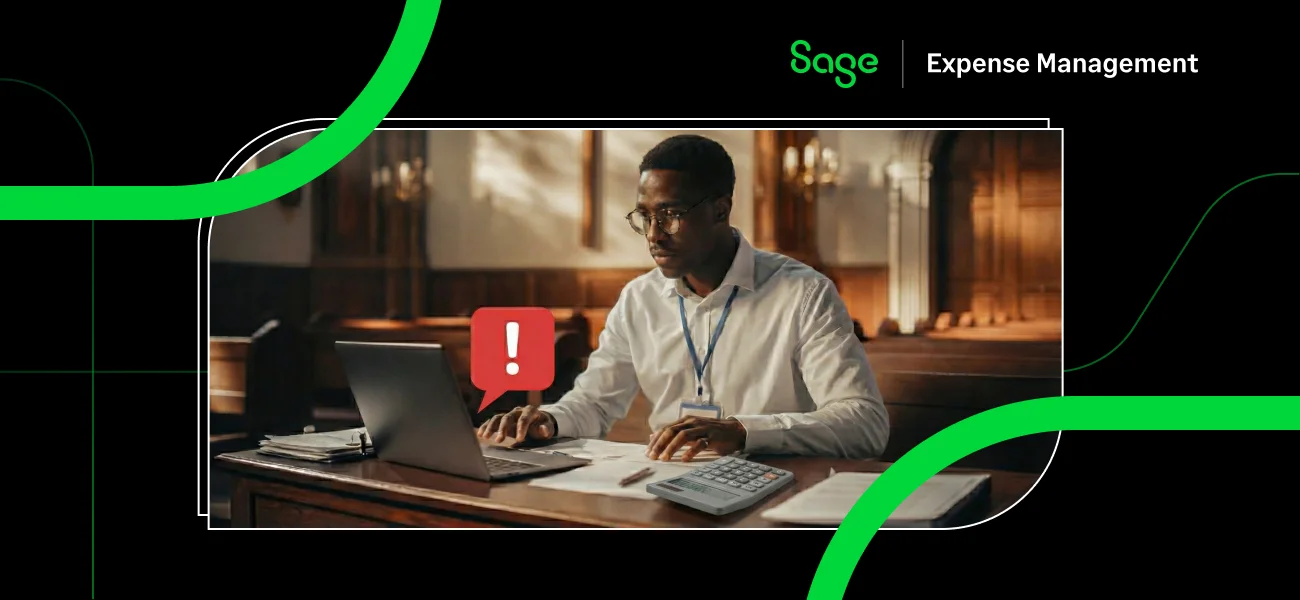The budgeting process is slow and arduous. It involves stakeholders from different departments who contribute, validate, and approve the budget.
Without clear communication and effective collaboration, you end up with too many cooks in the kitchen. As a result, the margin of error increases. You end up with a long and ineffective budgeting process.
Recently, a Gartner study revealed that 72% of finance leaders focus on improving the flexibility of budgeting and forecasting for the 2022 fiscal year. This clearly indicates that more CFOs are tired of the old way of doing things, and they are focusing on improving flexibility in budgeting and the budgeting process as a whole.
Your organization mustn’t be lagging in this dynamic environment. Luckily, technological advancements have led to the emergence of game-changing financial planning and analysis tools.
In this article, we’ll focus on the benefits of having a streamlined budget process, reveal common weaknesses, and discuss how to optimize your company's budgeting process.
What is the budget process?
The budget process is a project management process that involves evaluating and analyzing a company’s financial position.
It also involves planning and controlling the expenditure of money over a given period and forecasting the resources required for different projects depending on the company's overall strategic goals.
Why is the budget process important?
The budget process helps your organization align its goals and objectives with expected revenue and costs to cover operations.
You become more strategic with your finances, putting you in a better position to build a stronger financial backbone. In turn, the organization stays flexible and adapts to dynamic market conditions.
Your organization also identifies and prioritizes your financial needs, which helps you decide whether you need extra funds from banks and investors to meet your obligations.
The budget process helps each department know the amount of money available over a certain period. This guides them during the prioritization of projects, ensuring they’re aligned with the organization's overall strategic goals.
The budget process helps the finance department stay aware of what's happening in each department. It collects data and monitors expenditures to identify different needs in each department. This way, they can adjust depending on their needs in the coming financial year.
Suggested Reads:
Common budgeting mistakes to avoid
Budgeting is a simple process by default. It involves people, data, and processes over several stages—and each of these stages takes up too much time and resources. Here are some of the common mistakes that plague the budgeting process:
1. Outdated models
Outdated models create passive participation in the budget process. As a result, teams don’t utilize the data they have to make meaningful contributions to the budget process. For instance, most companies will begin budgeting at least six months before the next financial year begins.
Another example of an outdated model is a top-down budget. Here’s what it would look like:
- The VP of sales talks to the sales team and tells them to start the budgeting process.
- The sales team gets down to work identifying and forecasting their revenue targets and how they will manage expenses based on the data they have.
- Sales sends the budget to the sales executive for approval.
- Unfortunately, the executive team sends back the budget with the numbers the team is supposed to hit, which overrides their plans, assumptions, and forecasts.
This is a problem as it puts the team out of sync with the budget, and they are at the mercy of deviations in the market that may get in the way of hitting the new numbers they receive from the executive team.
2. Poor planning
If you have to start from scratch every time you prepare a budget, that’s a sign of poor planning.
A lot happens in a given financial period. If you haven’t been collecting data over time, you’ll start planning from scratch. Besides, suppose you don’t have enough time to research and consult everyone who needs to contribute to the budget. In that case, you disregard crucial information that would make your budget more effective.
Poor planning is not only limited to starting from scratch every time. It also extends to inefficient workflows.
Poor workflows need to clarify the duties and responsibilities of every stakeholder in the budgeting process leading to clarity and conflict, which gets in the way of effective collaboration.
3. Lack of value
The amount of research and detail into the budgeting process means there will be back-and-forth communication between different people and departments.
These negotiations open the door for politics and team members to focus on what needs to be done over why they are doing it, meaning the company and customers suffer. For example, a middle-level manager whose bonuses are linked to hitting revenue goals is likely to understate the revenue projections, making it easier to hit those goals. This affects the company’s performance over the next financial period.
In other instances, departments that want to outdo each other fail to share information. This encourages a silo mentality, meaning that the data in the final budget won’t be comprehensive at all.
4. The budget doesn’t reflect company strategy and goals
When upper-level and lower-level managers have different goals, they create budgets that aren’t aligned with the company’s strategy and goals. For example, if performance reviews for lower-level managers are based on hitting revenue targets, they create budgets that maximize profits and return on investments.
Typically, this is not a bad thing, but if the company’s goal is to make sure they sell high-quality products, then a budget that is focused on revenue and profits is not aligned with overall goals, and that will affect the overall performance of the company.
5 steps to optimize the budgeting process
Optimizing the budget process isn’t just about completing the budget as quickly as possible. It's also about making sure you have accurate data and that it is flexible enough to adapt to market conditions during the year.
This puts you in a position to improve revenue operations, cash flow, and competitiveness. An optimized budget process also helps you improve your existing workflows and improve the decisions you make financially and for the overall company.
1. Agree on objectives and goals
Your overall organizational goals and objectives will determine the final budget that you will implement.
Before you start your budgeting process, agree on the objectives and goals of the company. Then, ensure that everyone involved in the budgeting process understands how the budget will help achieve these goals.
Start by taking stock of what worked in the previous financial year, what didn’t work, and the lessons you intend to implement moving forward. Reviewing your existing financial information will lead you to ask questions such as:
- For each allocation, did you stay within the budget estimates, or did you spend more? For example, did your employee expenses remain within your original estimates?
- Did your previous budget help you hit your growth objectives?
- What challenges did you face when implementing your budget? Did you get buy-in from everyone in the company?
- What was the impact of the tools you used during the budgeting process on collaboration and communication?
With this in place, you’ll no longer have a top-down approach where top executives set revenue targets that aren’t aligned with the data each department has.
Similarly, middle-level managers won’t be tempted to sandbag by creating budgets that lack value.
2. Plan your entire process and support your team
To avoid taking too much time during the budgeting process, lay out the entire process with specific timelines and support everyone involved so that they stay on schedule.
To do this, start by identifying all stakeholders and informing them about critical budget timelines such as the start date and end date. Then, break down each process (e.g., review and validation) with different dates—set constraints for each process that help the team stay on schedule.
For example, during the budget process, you’ll need to get real-time data about your trade accounts payable that will help you make accurate forecasts and informed decisions concerning your procurement process.
To avoid too many iterations, schedule meetings to help teams share relevant information and discuss any discrepancies that may occur from the data they have.
If you’ve had issues with different departments failing to send in their budget on schedule, conduct regular check-ins with them to get an update on their progress. These check-ins also help you identify any challenges, such as trying to strike a balance between working and budgeting, and address them early on.
For example, in situations where different departments are at loggerheads, and everyone wants their way on specific targets and allocations, you can resolve that by reminding them to stay on the objectives and goals of the organization.
Suggested Read:
3. Organize and centralize documentation
The budgeting process involves different people and departments, meaning all the data you need is stored elsewhere. Manually sharing access to this data leads to unnecessary delays in budgeting, validation, and approval.
If a stakeholder does not gain access to the data they need on time, the entire process stalls due to last-minute changes from different stakeholders leading to further delays.
In addition to the manual process of providing access to everyone involved, you may lose track of who has access to what, which means that there will be unauthorized access to confidential information such as HR metrics that only a few people need to be aware of.
Avoid this by organizing all data using a cloud-based solution to store all your data in one place. Then, make it easy to provide access to everyone involved during the budget process while still maintaining confidentiality.
4. Use budgeting software
The people involved in the budgeting process have different skill levels. For example, if you’re using spreadsheets, you may find that some team members struggle with formulas and manual data entry, leading to delays and errors during the budgeting process.
Different stakeholders key in data from various sources. This makes it hard to ensure the accuracy of the data and keep track of who is keying in data into the spreadsheet. This information will help you understand the context behind the data they key in and its source.
Use business budgeting software to level the playing field for everyone involved, and improve workflows, communication, and collaboration. Budgeting software will also help you identify inconsistencies in your data and track changes to help you know who did what and address inconsistencies in your data.
Learn how Sage Expense Management helps you keep track of employee spending with real-time budgets.
5. Distribute the final budget to appropriate stakeholders
After preparing the budget, you want to ensure that relevant stakeholders review and approve it. To avoid unnecessary back-and-forth suggestions to make adjustments to the budget, create digital copies and share it with everyone who needs to review them and keep it open to suggestions.
Work with a deadline and let your reviewers know that if they don’t make any suggestions to the budget by a specific date, it will head over to the approval stage. Then, they won’t be able to make suggestions at the last minute.
Optimize your budget process with Sage Expense Management (formerly Fyle)
A company's budget is a critical element in its operations. As a result, most companies constantly search for ways to optimize the budgeting process and make the most of their available resources.
An optimized budgeting process helps you collaborate and communicate effectively during the entire budgeting process. This leads to better budgets that lead to better performance and growth.
Learn how Sage Expense Management helps you keep track of employee expenses and use the data you collect to optimize your budget.



















